Sex and the political thriller
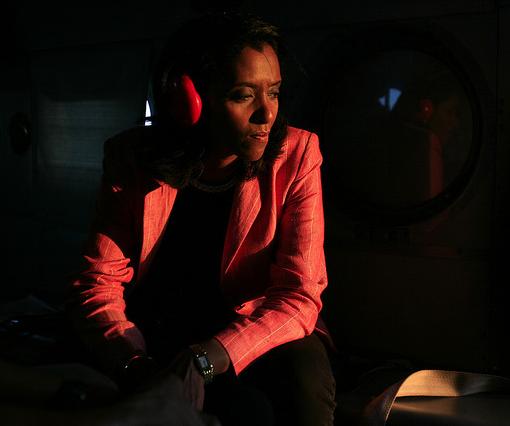
The character of Zainab in an (imaginary) scene from The End of the Monsoon
How much is too much?
A few nights ago I watched ‘Chloe’, the latest Atom Egoyan film. It’s a thriller about a wife who suspects her husband of infidelity, and who hires a prostitute to test his fidelity. There’s a significant amount of sex in the film, most of it verbally described by the actress Amanda Seyfried. Her acting is so good, the verbal description is more disturbing than a straightforward image. Wanting to learn more about the film, I looked it up on Wikipedia. There I discovered that it belongs to a previously unknown (to me) sub-genre, the erotic thriller.
Why, in the 21st century, do we have a sub-genre for a thriller with sex as a strong plot and character device? My British publisher’s assistant editor, a young literary man recently down from Oxford or Cambridge, complained when reading the manuscript of my political thriller The End of the Monsoon that it contained too much sex. My first reaction was: how is that possible?
What’s the history of sex and the thriller? Does it mirror popular literature in general? Has popular writing become sexier, or more sexless?
Eric Ambler was one of the most important thriller writers from the 1930s to the ’50s; I’ve read most of his novels and I cannot recall a single sex scene. I think this was typical of popular, mainline fiction. A good example of the period is Nevil Shute’s treatment of sex in his No Highway (’48). The story of the narrator’s courtship is limited to half a paragraph:
‘In the fourth year of the war she was sent to Boscombe Down to work in the drawing office; she had her desk and drawing board just outside my little glass cubicle, so that every time I looked up from my calculations I saw her auburn head bent over her tracing, which didn’t help the calculations. I stood it for a year, high-minded, thinking that one shouldn’t make passes at the girls in the office. Then we started to behave very badly, and got engaged.’
The exceptions must have stood out: D.H. Lawrence; Henry Miller; during my undergraduate days, a feminist take by Erica Jong. Were there exceptions in the political thriller genre? I’m unaware of them. Ludlum certainly was not known for his sex scenes.
Has it begun to change? The Girl with the Dragon Tattoo uses graphically sadistic, violent, incestuous and murderous sex scenes, partly to establish character motivation, but partly also to place the story’s villains beyond the pale. The result is a new high (or low) in violent sex within the political thriller. I found it offensive. In The End of the Monsoon I tried to use sex to show how a relationship could develop from carnality to love. The relationship may not start admirably, it may not proceed typically, but I’m certain it is common. The sex scenes show character development and help move the plot forward. They add what Maugham called verisimilitude. They are neither euphemistic nor underwritten, nor sadistic, violent and incestuous. They are realistic.

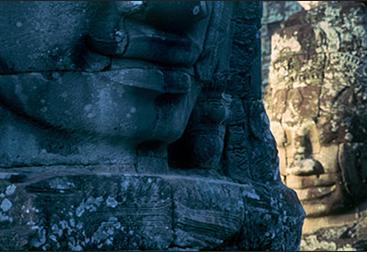
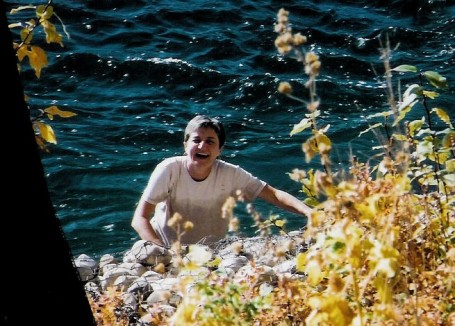
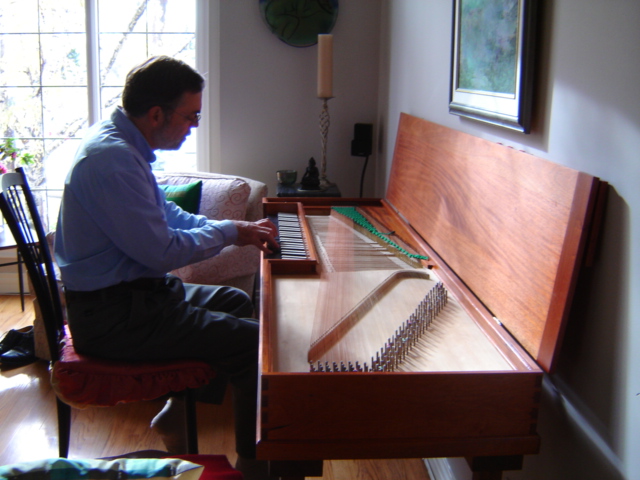
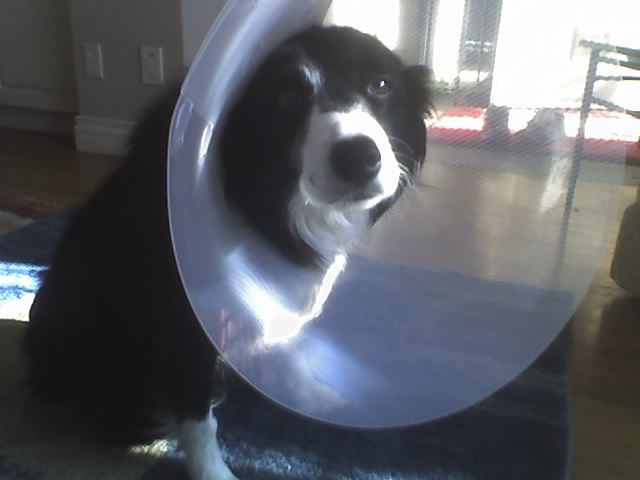
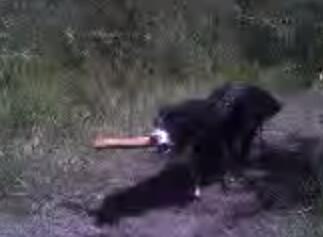
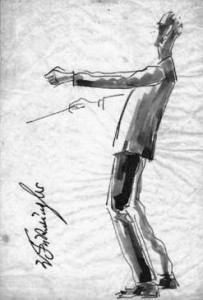
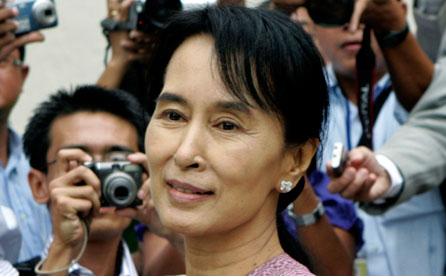
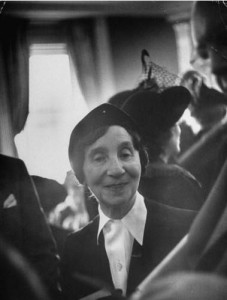
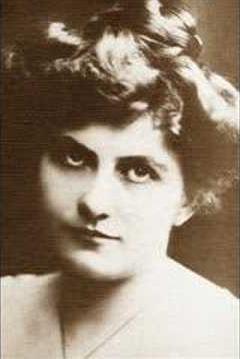
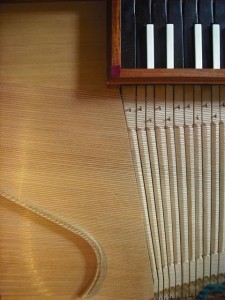
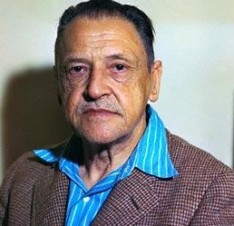
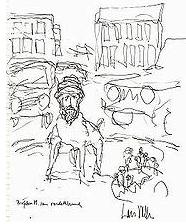
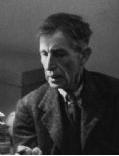

There are many sub-genres out there, and I wouldn’t be surprised if there was a sexual thriller. There are certainly sexual detective, sexual horror and sexual mystery genres. In a recent publishing convention in San Diego, there was a topic group asking the question of whether there is a limit to the extreme that horror writers can push, versus a mystery writer. I think that casting a wide net, one might find a sexual thriller vein.